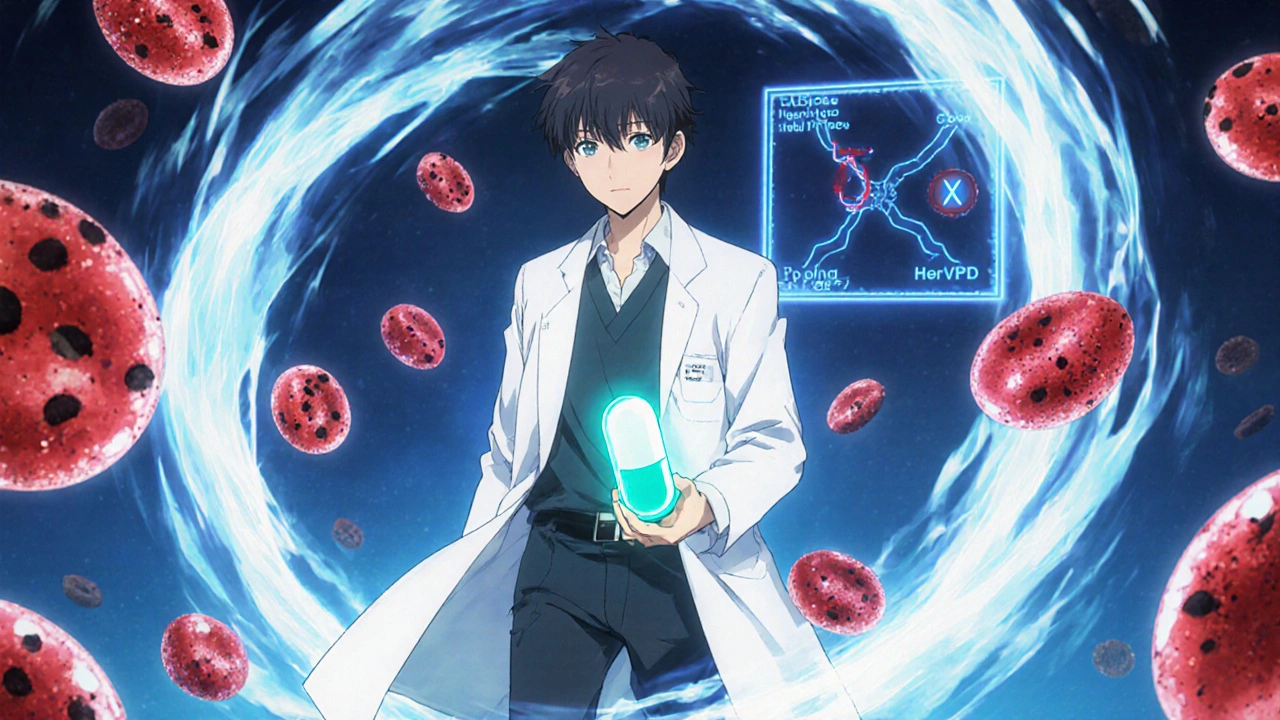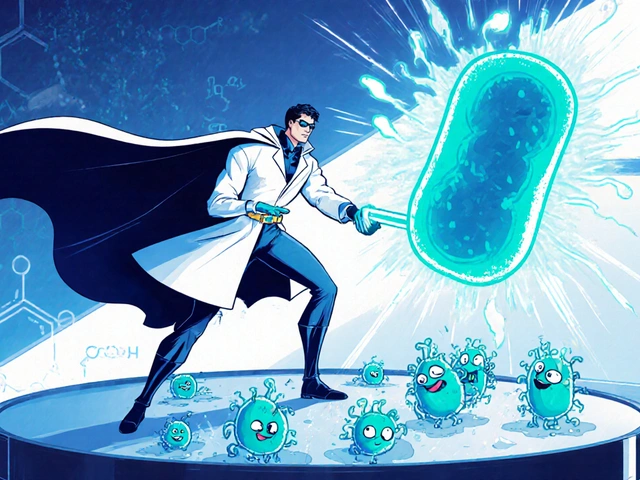G6PD Deficiency: What You Need to Know
When dealing with G6PD deficiency, a hereditary enzyme disorder that reduces the red blood cells' ability to handle oxidative stress. Also known as Glucose-6-Phosphate Dehydrogenase deficiency, it primarily affects people of Mediterranean, African, and Asian descent. G6PD deficiency can lead to sudden hemolysis when exposed to certain drugs, foods, or infections. The condition is inherited in an X‑linked pattern, meaning males are usually more severely affected while females can be carriers or show milder symptoms. In practical terms, the disorder requires you to avoid known triggers, watch for signs of anemia, and often rely on newborn screening programs to catch it early. Hemolysis, the rapid breakdown of red blood cells is the direct outcome of oxidative damage, and oxidative stress, an imbalance between free radicals and antioxidant defenses serves as the key mechanism behind that breakdown. Understanding how these three entities interact helps you make safer medication choices and recognize warning signs before they become emergencies.
Common Triggers and How to Manage Them
Triggers such as sulfonamide antibiotics, quinine, and even fava beans can tip the balance toward oxidative stress. When the body encounters these agents, the weakened enzyme system in G6PD‑deficient individuals can't neutralize the surge of free radicals, which then precipitates hemolysis. This relationship—"triggers increase oxidative stress in G6PD deficiency"—is why doctors emphasize medication checklists and dietary counseling. Besides drugs, infections like malaria or viral illnesses also raise oxidative load, so prompt treatment and hydration become critical. Many patients find relief by carrying a medical alert card that lists safe and unsafe substances. Regular follow‑up labs, especially during illness, can catch falling hemoglobin early, allowing for timely interventions such as blood transfusions or supportive care.
Newborn screening programs play a pivotal role, as early identification enables families to adopt preventive measures from day one. When a baby is flagged, pediatricians usually provide a clear list of prohibited foods and medications, along with guidance on recognizing jaundice or fatigue—early signs of hemolysis. Genetic counseling is another valuable tool; it clarifies inheritance patterns and helps families plan future pregnancies. By staying informed about the enzyme deficiency, its genetic roots, and the cascade from triggers to oxidative stress and hemolysis, you empower yourself to live confidently and avoid avoidable complications. Below, you’ll find a curated selection of articles that dive deeper into specific drugs, lifestyle tips, and clinical updates related to G6PD deficiency.
Nitrofurantoin, G6PD Deficiency & Hemolytic Anemia Risk - What You Need to Know
Learn why nitrofurantoin can cause hemolytic anemia in G6PD‑deficient patients, who’s at risk, and how to safely prescribe alternatives.
View More




